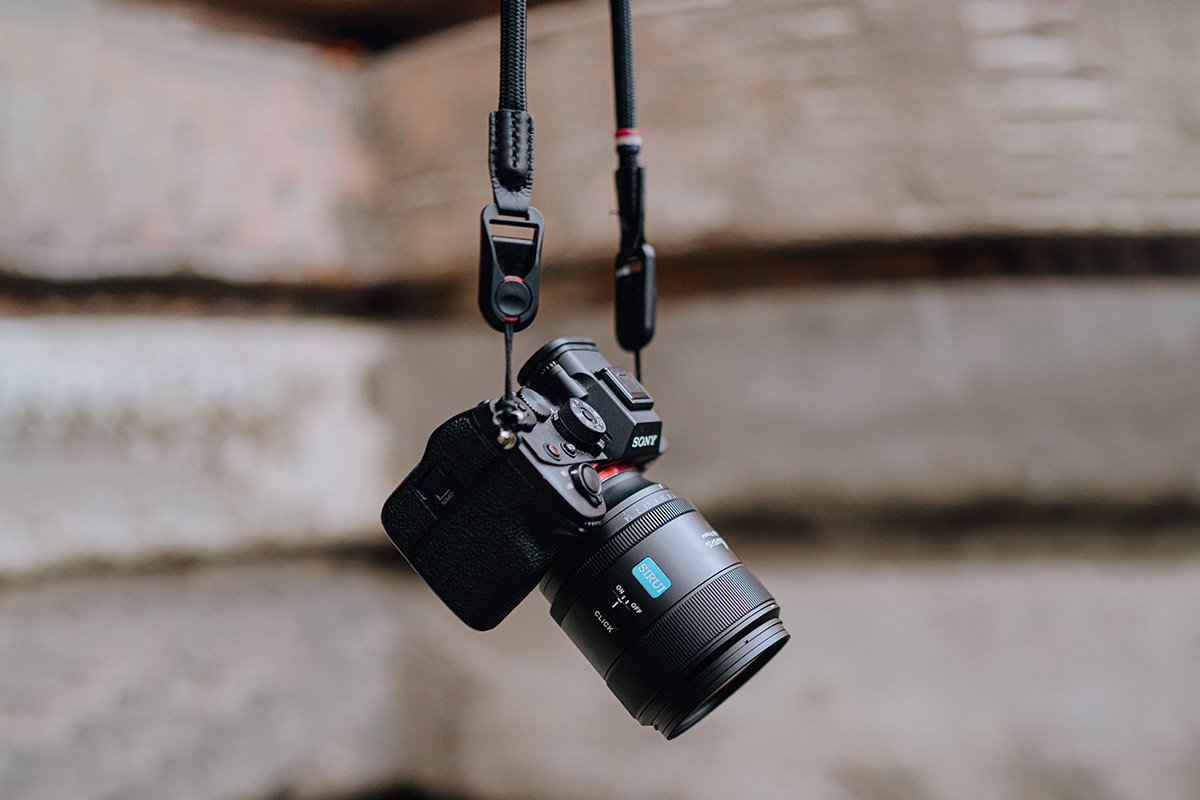This article discusses the characteristics of lenses with different focal lengths, the effects they produce, and what helps in choosing the right lens for various scenarios.
In general, lenses can be divided into two categories: zoom lenses with variable focal lengths and prime lenses, whose focal length is fixed due to their design. Additionally, lenses can be classified by focal length into wide-angle lenses, standard lenses, telephoto lenses, and macro lenses.
Zoom Lenses and Prime Lenses
A zoom lens is a lens with a variable focal length, for example, 24 mm to 70 mm or 70 mm to 200 mm. Zoom lenses are characterized by their variable focal length and combine wide-angle and telephoto functions. Therefore, they are suitable for a variety of scenarios. You can adjust the focal length as needed.
The SIRUI Jupiter 28-85mm T3.2 cine full-frame zoom lens is a good option among zoom lenses. This lens covers a zoom range from wide-angle to medium telephoto (28 mm to 85 mm). With a focal length of 28 mm, it is suitable for landscape and architectural photography because of the wide angle of view, while at 85 mm the depth of field becomes shallower and the background more blurred, making the main subject stand out from the background, which is especially ideal for portraits and distant landscapes.
A prime lens is a lens with a fixed focal length determined by its design. Due to their often simpler optical construction, prime lenses can offer higher image quality and tend to have less distortion, which can be particularly advantageous for beginners. Thanks to their lightweight design, prime lenses are also more compact than zoom lenses. Therefore, they are ideal for travel or outdoor photography.
Wide-Angle, Standard, Telephoto, and Macro Lenses
Lenses with different focal lengths are classified into wide-angle, standard, telephoto, and macro lenses based on their focal length.
Wide-Angle Lens
Wide-angle lenses are characterized by a large angle of view and are also called short focal length lenses, with focal lengths less than 40 mm for full-frame DSLR cameras, such as 35 mm, 28 mm, 24 mm, 17 mm, or 14 mm.
Thanks to the large angle of view, wide-angle lenses can capture expansive scenes with excellent clarity, making them especially suitable for landscape photography. However, when using wide-angle lenses, distortion at the edges of the image is usually unavoidable, so it is advisable to position subjects and people in the center of the frame during shooting.
Standard Lens
A standard lens is a general term for lenses with a viewing angle of about 50°, with focal lengths generally between 40 mm and 50 mm. The classic 50 mm standard lens produces an image effect very similar to the human visual impression. With an aperture of F1.4 to F1.8, a soft and blurred background can be created. It is suitable for indoor portraits and everyday shots without distortion.
Telephoto Lens
A telephoto lens refers to lenses with focal lengths between 75 mm and 200 mm. It is advantageous for shooting distant subjects. With a long focal length, the subject appears larger and the depth of field is shallower, creatively highlighting the main subject, making telephoto lenses ideal for moving subjects and distant portraits.
The Aurora Series 85mm F1.4 Lens is excellent among telephoto lenses. The 85 mm focal length, F1.4 aperture, and precise autofocus provide an outstanding portrait experience. Thanks to the use of aspherical lenses, ED glass, and HR glass, not only is image quality improved, but the weight is also reduced to only 540 g. It is ideal for both photos and video recordings, allowing longer handheld shots or work with gimbal stabilizers.
Macro Lens
Typically, a standard macro lens refers to a lens with a medium focal length of 90 mm to 105 mm, characterized by 1:1 magnification. A macro lens is perfect for close-up and macro photography of special subjects, such as insects and flowers. Additionally, macro lenses are very effective in detail representation.
Conclusion:
Only by understanding the characteristics of lenses with different focal lengths and which lenses are suitable for which scenarios can one properly choose a lens for various applications. In portrait photography, prime lenses, zoom lenses, wide-angle lenses, and macro lenses each have their strengths. With a prime lens, you can precisely control the focal length, while zoom lenses offer better flexibility and quick adaptation to changing subjects. For specialized approaches, macro and wide-angle lenses are well suited.





